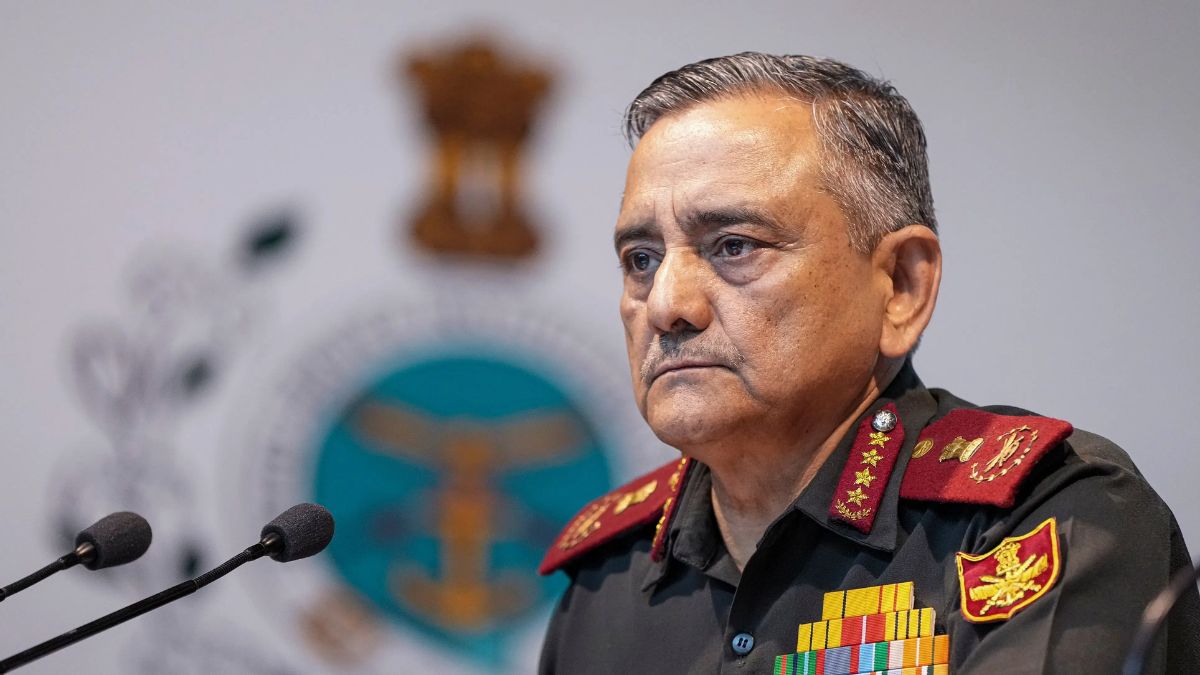Chief of Defence Staff General Anil Chauhan on Saturday said that one of the challenges that the Indian armed forces had to face during Operation Sindoor was fighting a massive disinformation campaign.
Speaking on the sidelines of the Shangri-La Dialogue in Singapore, General Chauhan said, “Combating fake news was a constant effort. Our communication strategy was deliberate; we chose to be measured, not reactive, because misinformation can quickly distort public perception during high-stakes operations.”
According to the CDS, India’s approach to managing narratives should focus on verified facts and credible evidence, even if that means the public response is more measured or delayed.
“India has always built its narratives on solid ground, even if we’ve sometimes been slow to present them. For instance, in the first three days, two women officers were our primary spokespeople because the actual military leadership were directly engaged in fast-moving operations. It was only after the 10th that the DGMOs came forward to brief the media,” he added.
Officials spent 15 per cent of their time counteracting fake narratives during Operation Sindoor. “As someone directly involved in these operations, I can say that cyber did play a role in the conflict, but its impact was limited,” Chauhan further said.
Impact Shorts
More ShortsIndia deployed direct & indirect forms of warfare
During Asia’s biggest defence conference, the CDS said that India deployed both direct and indirect forms of warfare against Pakistani terrorist hubs, leading to the destruction of nine such hideouts.
He explained that while Pakistan may have used Chinese commercial satellite imagery, there is no evidence of real-time targeting support. In contrast, India depended on indigenous systems like Akash and succeeded by effectively networking its systems, combining both domestic and foreign radars into a unified defence setup. He emphasised this as a clear example of how modernisation has strengthened India’s border defence.
“While both sides did experience attacks, including some denial-of-service efforts, our military systems are air-gapped, meaning they’re not connected to the internet and are therefore largely secure. Attacks on public-facing platforms like school websites may have occurred, but they did not affect operational systems,” General Chauhan said.
)